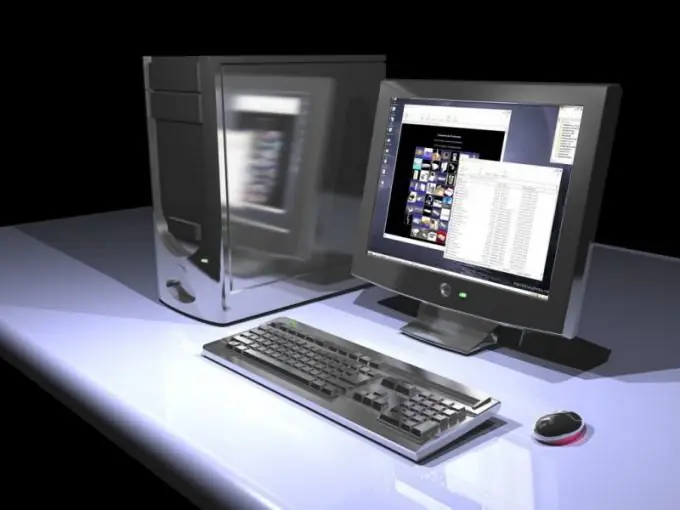The term cache has several meanings. In a general sense, it is an intermediate buffer for storing the most requested data. When it comes to working on a computer, a distinction is made between the processor cache and the browser cache.

Instructions
Step 1
The processor cache is an area of ultra-fast memory built into the chip's core. It is divided into several levels. You can get information about the processor cache using the free CPU-Z program. Run it and go to the Cache tab
Step 2
The L1 cache is the smallest and fastest part of memory. It is split into an L1 I-Cache instruction cache and an L1 D-Cache data cache.
Step 3
L2 cache is larger and slower than L1. In new computers, it is located on the same crystal, in old computers it is in the form of a separate microcircuit on the motherboard. The L3 cache of the third level is the slowest, nevertheless its speed is still higher than RAM.
Step 4
Processor cache information can be obtained using the Everest program. On the left side of the screen, double-click the Motherboard node and check the CPU icon. The data field in the CPU Properties section displays information about the processor cache
Step 5
The browser cache is a place on your hard drive where information about the websites you visit is recorded. On the next visit, the page design is loaded from the cache folder. This significantly speeds up the work.
Step 6
Internet Explorer writes temporary files to the Documents and Settings folder Current user Local Settings Temporary Internet Files. The Local Settings and Temporary Internet Files folders are system folders, i.e. are not displayed by default.
Step 7
To see their contents, in the "Tools" menu of the "Current User" folder, select "Properties" and go to the "View" tab. In the "Advanced options" section, uncheck the "Hide protected system files …" checkbox and enable the "Show hidden files …" propert
Step 8
You can do it differently. Launch your browser and select Properties from the Tools menu. In the Browsing History section on the General tab, click Options. In the new window, use the Show Files button to see the contents of the cache.
Step 9
If you are using Mozilla Firefox, write about: cache in the address bar. To view the contents of the folder in the Disk Cache Device section, click the List Cache Entries link.
Step 10
To find the cache in Opera, launch your browser and enter the opera: cache command in the address bar. Click the Show All link to see the contents of the cache.






